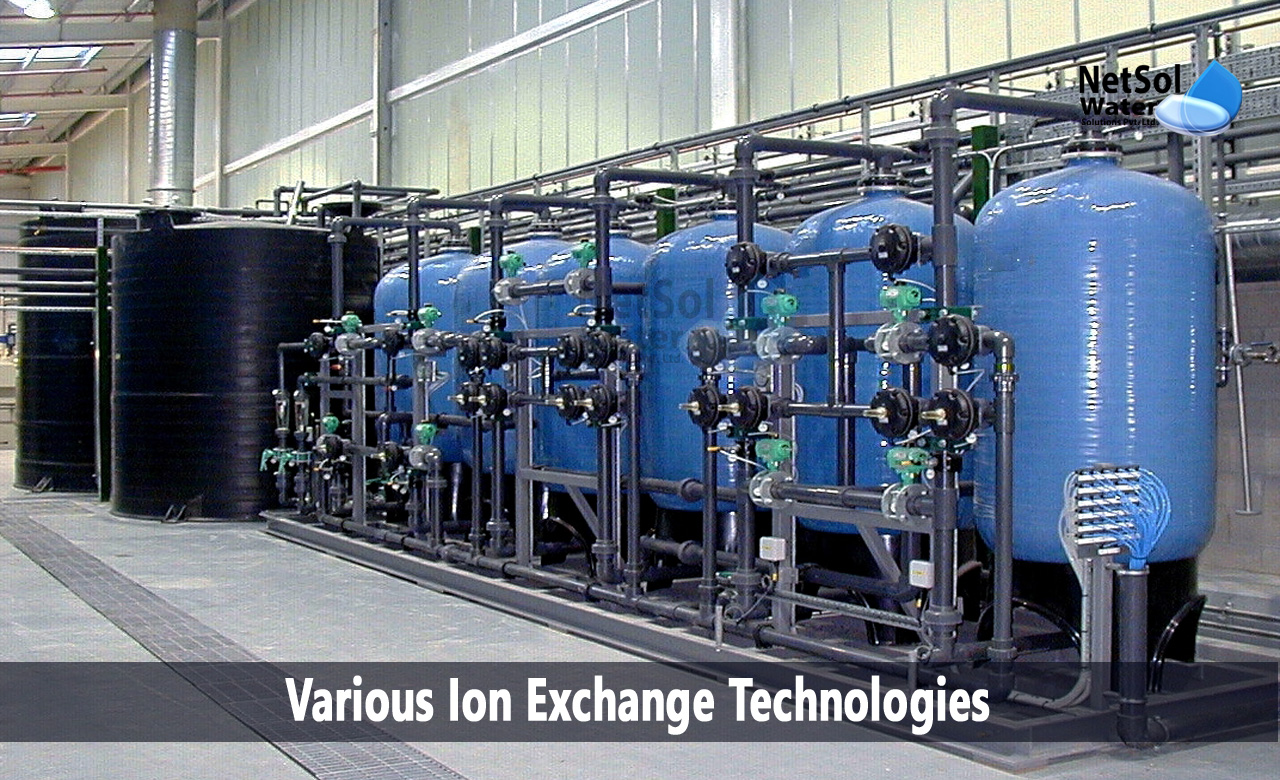Ion exchange (IX) resin is a term that many people are familiar with, but few people are fully aware of how the technology functions.
What is an ion exchange resin? What is its process? How does it work?It may be a question you have if you're considering other treatment options, trying to maximize the performance of your current IX resins, or are just curious about IX chemistry.
Whatever your objectives, this article will assist you in reaching them by providing you with a greater understanding of IX resin technology, and how it may be used to meet a range of water treatment and separation requirements.
What are Ion exchange resins?
Ion exchange is a chemical reaction that is reversible and involves the removal of dissolved ions from the solution, and their replacement with new ions that have the same or a similar electrical charge.
IX resin is a physical medium that aids ion exchange processes rather than being a chemical reactive, in and of itself. Organic polymers that combine to form a network of hydrocarbons make up the resin itself. Ion exchange sites can be found all across the polymer matrix, where so-called "functional groups" containing either positively or negatively-charged ions (cations or anions), are attached to the polymer network. Ions with a contrary charge are easily drawn to these functional groups.
Features of ion-exchange resins
· Affordable mixed-bed quality water
· There is no need for a separate regenerant chemical
· Process pump made of stainless steel
· Automatic PLC Control
· It is extremely small and skid mounted on a frame that resists corrosion
· The frame also has room for a stainless steel multifunctional pump.
In a manual DM plant, depending on the water analysis, we can combine various resins to maximize the usage, of chemicals for regeneration.The demineralization plant removes all total dissolved salts from the filtered and de-chlorinated water. Strong acid cations, weak base anion, and strong base anion make up the DM Plant.
How many Ion Exchange Technologies available?
1- POWERFUL ACID CATION
By exchanging the cations in the water with H+ ions present in the resin, strong acid cation removes permanent hardness and de-cations the water.
After passing through the strong base anion unit, the water's anions are converted for OH- hydroxyl ions that are present on the resin. Silica is eliminated in powerful bases with anion units. Thus, the water is cursed.
2- POLISHING UNIT
The cation unit needs to regenerate with acid, and the anion unit has to regenerate with alkali. To polish the DM water and achieve a conductivity of 1 micro-Siemens/cm, which results in very little dissolved particles in the water, it is passed through a mixed bed. A provided air blower is employed upon regeneration.
3- DEGASSER
Degassers can be used to extract CO2 from water. Consequently, the burden on the anionic bed is reduced, and the expense of the caustic utilized for generation is reduced.
How can we be useful?
Netsol Water has more than 10 years of experience in determining the best IX resin technology, to reduce expenses and waste production while enhancing product quality. Contact us to schedule meeting with our engineer, or ask for a quote. We can help you through the process of coming up with the best solution, and a reasonable price for your IX treatment system requirements.
We work with each of our clients to give high-quality filtration systems at affordable pricing, since we are aware that you need the best systems available, at fair and competitive prices.
Netsol Water is Greater Noida-based leading water & wastewater treatment plant manufacturer. We are industry's most demanding company based on client review and work quality. We are known as best commercial RO plant manufacturers, industrial RO plant manufacturer, sewage treatment plant manufacturer, Water Softener Plant Manufacturers and effluent treatment plant manufacturers. Apart from this 24x7 customer support is our USP. Call on +91-9650608473, or write us at enquiry@netsolwater.com for any support, inquiry or product-purchase related query.



